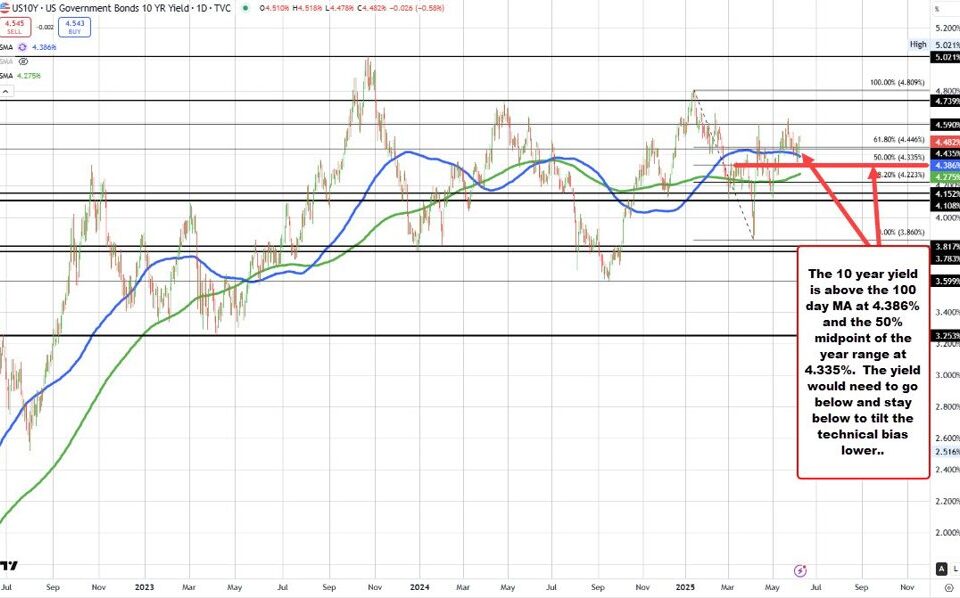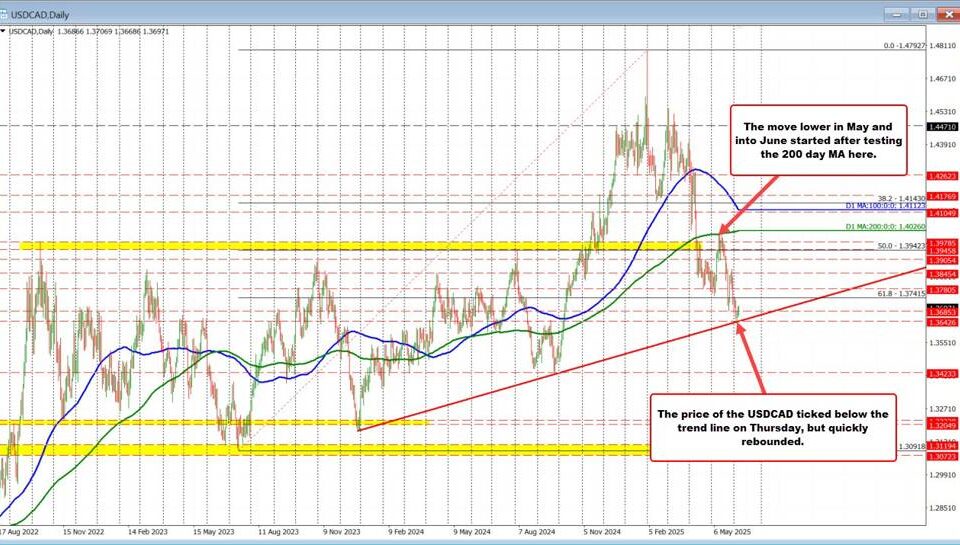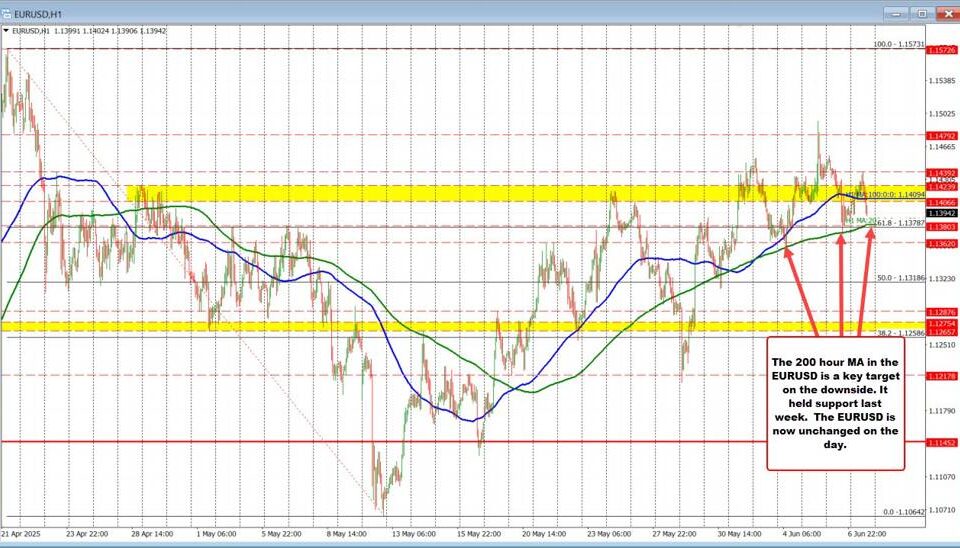
Understanding Kevin Hassett’s Defense of Tariffs: Market Reactions and Economic Implications
Tháng 4 7, 2025
The Tariff Tug-of-War: Is a 90-Day Pause Just ‘Fake News’?
Tháng 4 7, 2025AUD/USD Rebounds: Implications of China’s Monetary Stimulus Amid Rising Trade Tensions
As of April 7, 2025, the Australian Dollar (AUD) has shown a notable rebound against the US Dollar (USD), rising to approximately 0.6040 after dipping to a five-year low of 0.5930 earlier in the day. This recovery can largely be attributed to China’s announcement of fresh monetary stimulus, a move aimed at stabilizing its economy amid heightened US-China trade tensions. However, despite this positive development, the Australian Dollar remains under significant pressure due to its pronounced dependency on exports to China and the ongoing concerns surrounding trade relations between these two major economies.
China’s Monetary Stimulus and Its Impact on the AUD
The Chinese government’s recent initiative to implement monetary stimulus represents a strategic effort to invigorate economic growth in light of challenges posed by the US-China trade war. As Australia relies heavily on exports, particularly commodities like iron ore and coal to China, any stimulus measures taken by Beijing can have an immediate and beneficial impact on the AUD. The announcement spurred investor optimism, leading to increased demand for the Australian Dollar as traders anticipated a resurgence in exports driven by a more robust Chinese economy. In fact, this aligns with recent discussions by China’s President Xi Jinping, who emphasized the importance of international stability despite existing tariffs, showcasing China’s commitment to being a favorable investment destination. Read more about Xi’s strategic moves here.
However, this rebound may be fleeting. Economists caution that while the monetary stimulus is a positive sign, the underlying issues stemming from the trade tensions pose a significant risk to sustained AUD strength. The US-China trade war, marked by tariffs and retaliatory measures, creates a volatile trading environment that can undermine even the strongest economic stimuli.
The Broader Context of US-China Trade Tensions
The escalating tensions between the US and China have created an uncertain economic landscape, particularly for the Australian economy. As the US government imposes new tariffs on various imports, fears of an economic slowdown in key trading partners like China grow. This volatility can lead to reduced demand for Australian exports, which in turn puts downward pressure on the AUD. Given that the Australian economy is heavily reliant on commodity exports, any signs of a downturn in China could quickly reverse the recent gains made by the Australian Dollar.
Furthermore, increasing fears of a potential recession in the US have compounded this volatility. Market analysts indicate that such economic uncertainty can contribute to fluctuations in the strength of the USD, thereby affecting the AUD/USD currency pair. Traders continue to watch economic indicators closely as they try to gauge the potential impacts of changing economic conditions on future AUD performance.
Conclusion: A Temporary Respite for the AUD?
In conclusion, while the AUD/USD’s recovery to 0.6040 signifies a momentary victory following recent lows, the outlook remains precarious. The combination of China’s monetary stimulus and trade tensions creates a complex scenario for the Australian Dollar. Unless there are clear signs of reduced trade conflict and improved economic stability in China, the rebound may be short-lived. As we move forward, investors and traders must remain vigilant and adaptable to shifting economic dynamics in both Australia and its key trading partner, China, to better navigate this volatile component of the global financial market.



